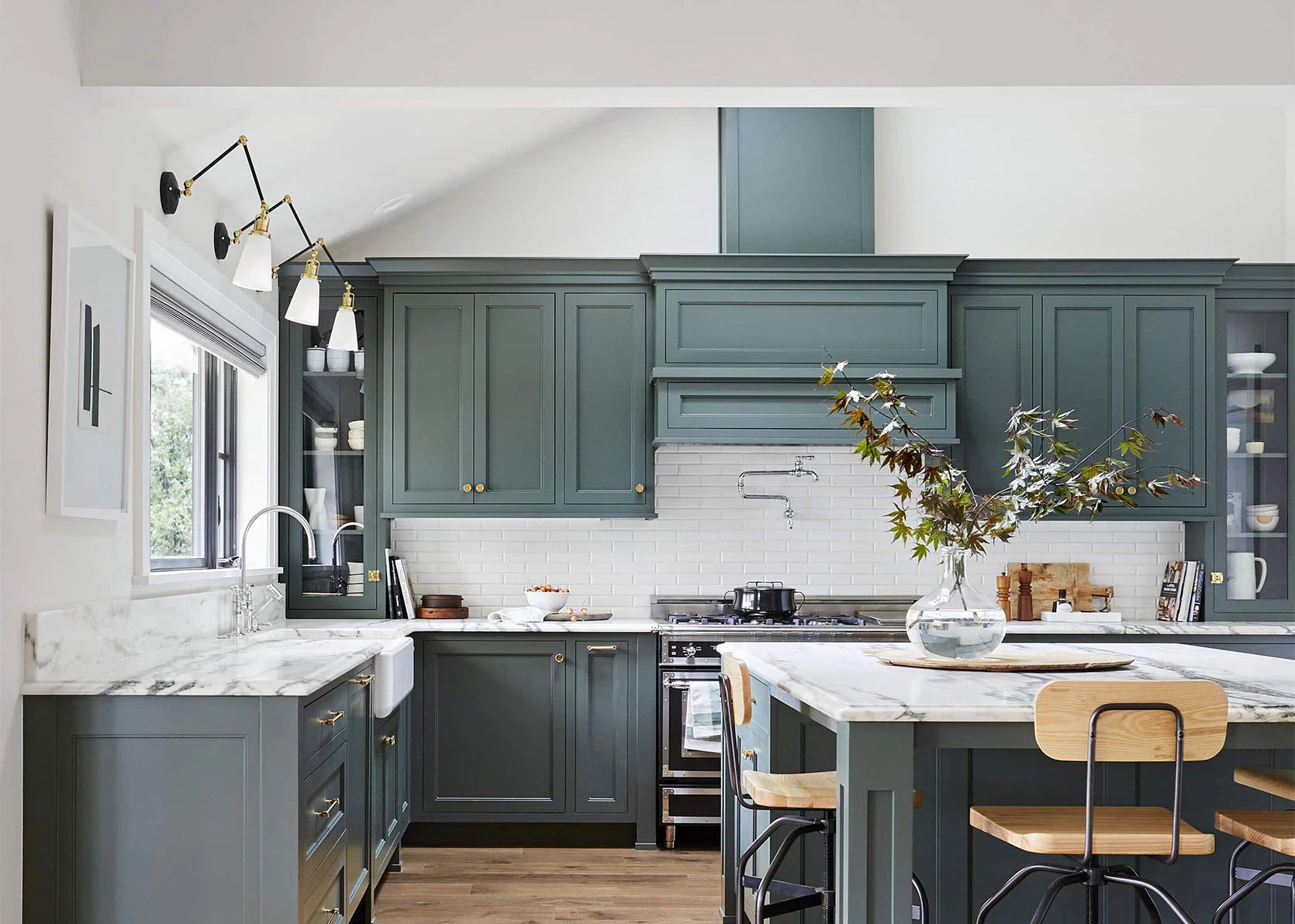-
A renovation is a big project that takes time and money. You paid a pretty penny for those cabinets and you want them to last. As with most everything else, proper care is key to the longevity of cabinets. Depending on the quality and the amount of care you put into your cabinets, according to some sources they may last up to 50 years! Read on for some tips on how you can give some TLC to your cabinets and enjoy them for the years to come!
Choose Your Cabinet Materials Wisely
First things first, not all cabinet materials are created equal, and you do often get what you pay for. If you choose cheaper wood-composite materials such as particleboard or medium-density fiberboard (MDF), you will notice that it wears more quickly than its solid wood or plywood counterparts, particularly around the edges and corners of the material. In high-traffic areas like the kitchen and bathroom, this will be especially noticeable. Also, families with young children running around and bumping into the cabinets may notice more damage.
Aside from the material itself, you should also keep in mind the type of finish applied to the cabinets. High-gloss finishes tend to hold up better than matte finishes because there is an extra water-resistant film that protects against water damage. Glossy finishes do not get scratched up as easily and the film helps hide scratches better as it is more reflective.
How to Prevent Damage
To protect your drawers and cabinets from damage, we recommend lining them with shelf and drawer liners. There are several types of liners to choose from to fit your style and budget. Cheaper liners such as contact paper rolls and these foam liners can be found at your local dollar store, but there are also thicker, higher-quality ones such as these which are made from ribbed plastic. Lining your shelves and drawers help prevent stains and scratches from cookware and cutlery. For your drawers, you can also purchase cutlery trays and drawer organizers to keep things tidy and shield your drawers from damage.
Additionally, if you live in an area prone to termite damage, it is important to let in sunlight and airflow whenever you can. Bugs and especially termites love dark, moist areas and proliferate in those environments. Letting the room “breathe” will lessen the chance of an infestation. Find out how to keep pests away from your kitchen here.
Get on a Good Cleaning Schedule
Letting dirt and stains sit on surfaces is never a clever idea. The longer it sits, the harder it may be to get it out. Sometimes it may even seep into the wood and become permanent.
We recommend wiping off stains as soon as you see them and giving the exterior of your cabinets a good wipe-down every couple of weeks to get rid of any grease and grime that may have built up. As for the interior, you should clean it every 3 months. Open shelves may need to be cleaned more often because they are prone to collecting dust.
Additionally, if the material is fiberboard, MDF, or painted, you should never put adhesives on it. In other words, do not put stray tape or stickers (i.e. the ones from product packaging or your produce) on it. It can potentially peel the painted surface.
The Proper Way to Clean Cabinets
When cleaning cabinets, you should never use strong chemicals such as ammonia or bleach, or you’ll risk discoloring the cabinets. Only use gentle cleaning solutions.
This Old House has a step-by-step guide on a recommended cleaning procedure. They suggest using a mixture of mild dish soap and water to wipe down and a mixture of vinegar, baking soda, and water to tackle caked-on grease. There are also cleaning solutions available for purchase that are safe on wood such as this one from Method.
Additionally, never use too much water as this can cause water damage. Your cabinets should not be soaking wet when you’re cleaning them. A gentle solution and a few light rinses are all it takes.
Fully Dry Your Cabinets
After you wash your cabinets, you should not wait for them to air dry. You should take a dry cloth and wipe any wet surfaces down to get rid of as much water as possible. Then open all the doors and drawers to let them dry completely before putting items back in and closing the doors. This will help prevent water damage and mold growth.
Haven’t Done a Renovation Yet? It May Be Worth Considering.
If you’ve cleaned those cabinets and they still do not look aesthetically pleasing, it may be time to replace them. The Cabinet Doctors specializes in cabinet refacing which can breathe new life into your cabinets at a fraction of the cost. Contact us to review your options and for more information on how we can help!
Featured Image Credits: Photo by Sara Ligorria-Tramp / Design by Emily Henderson
Showroom Hours:
M-F 10am-4pm
After hours and weekends by appointment only
Creating Beautiful Kitchens
and Baths for Over 30 Years.For a complete kitchen or bath remodel, new cabinets, refacing in wood or paint,
we have the products and expertise to serve you.
Showroom Hours:
M-F 10am-4pm
After hours and weekends by appointment only(916) 632-8299
2200 Sierra Meadows Drive, Ste. A, Rocklin, CA 95677
info@thecabinetdoctors.com
License # 779523- Roseville
- Rocklin
- Fair Oaks
- Sacramento
- Lake Tahoe
- Lincoln
- Folsom
This site is protected by reCAPTCHA and the Google Privacy Policy and Terms of Service apply.
© Cabinet Doctors . All Rights Reserved. Design By Elevate Public Relations.

